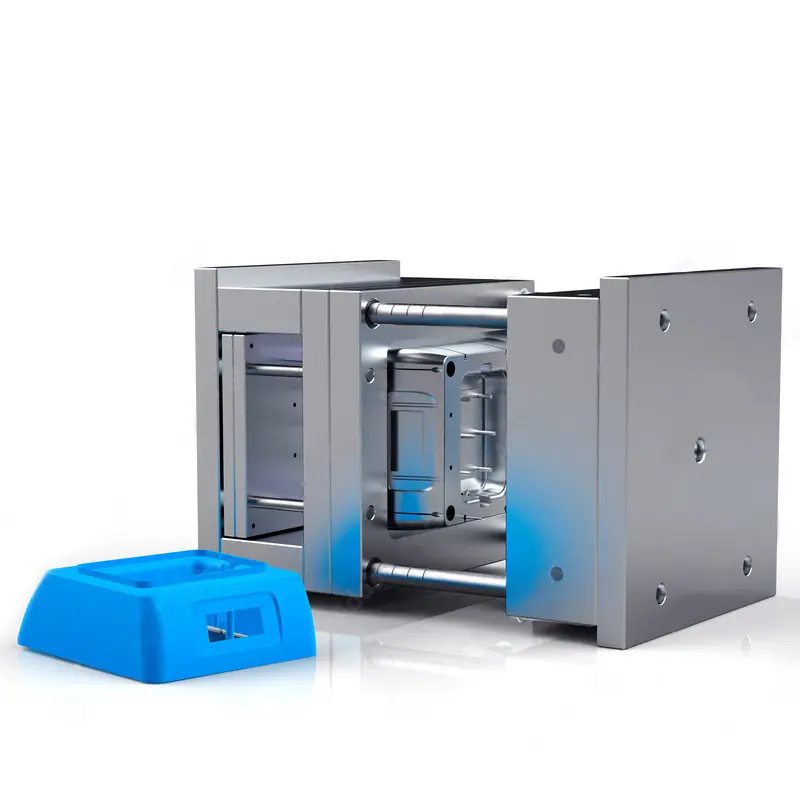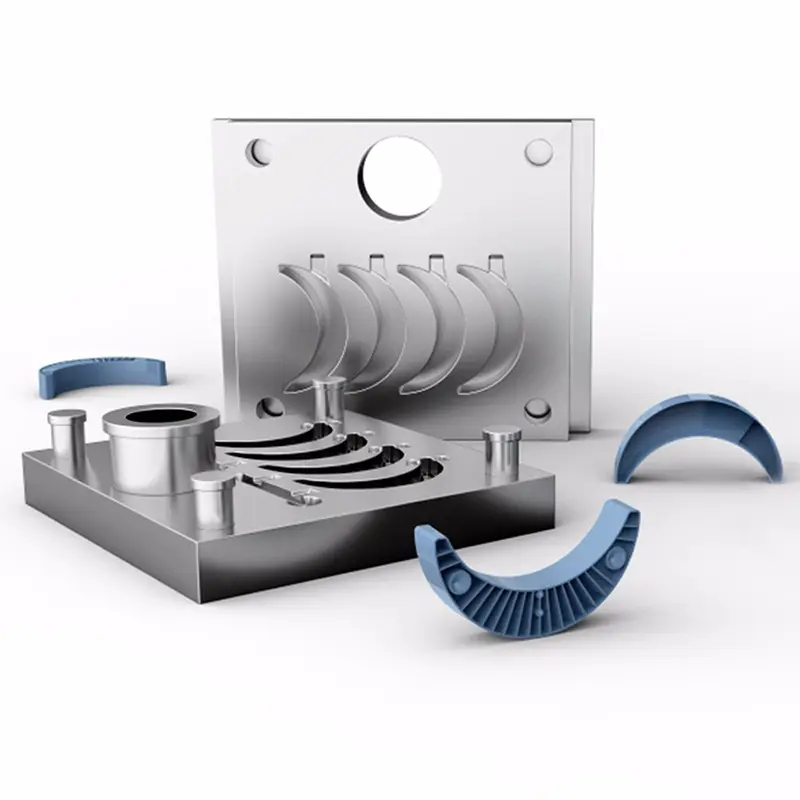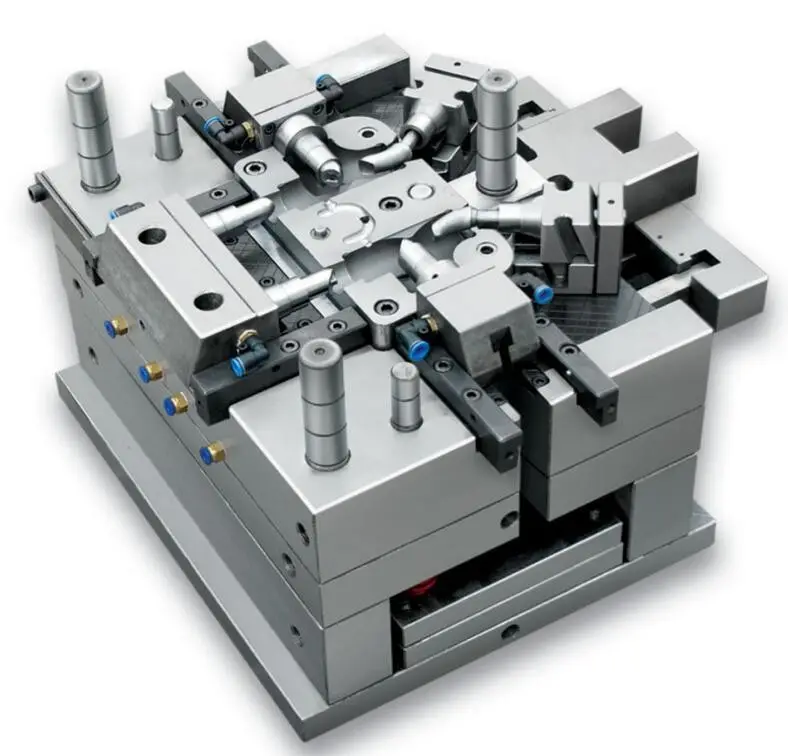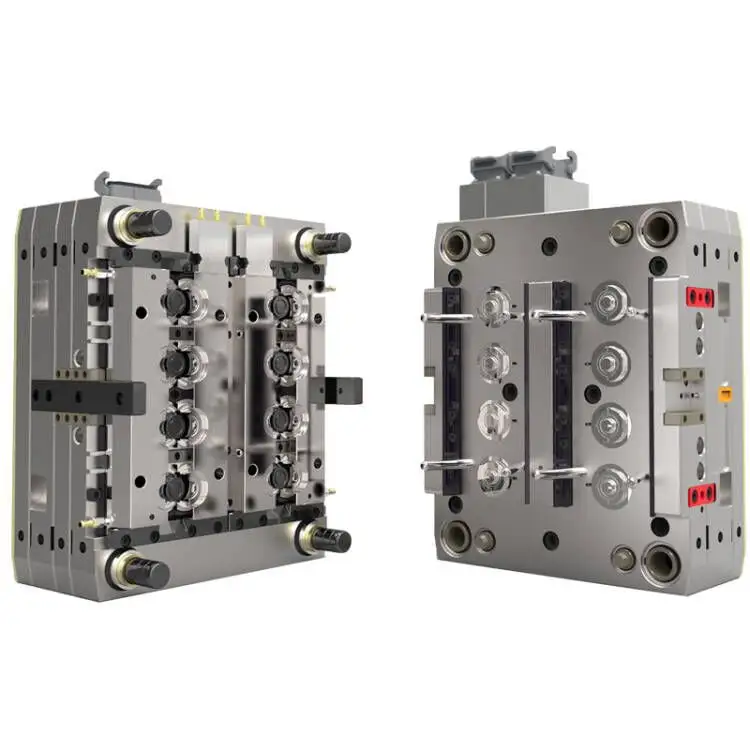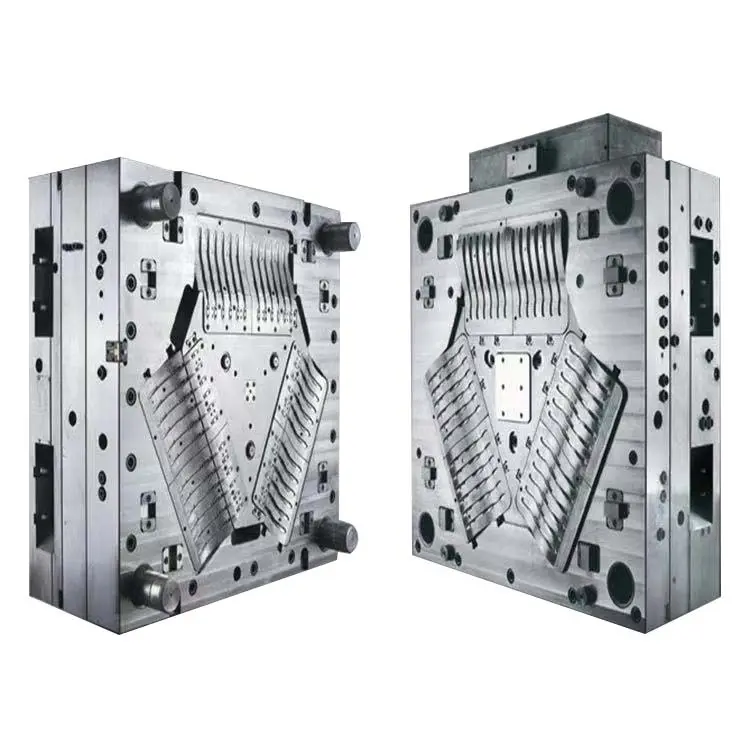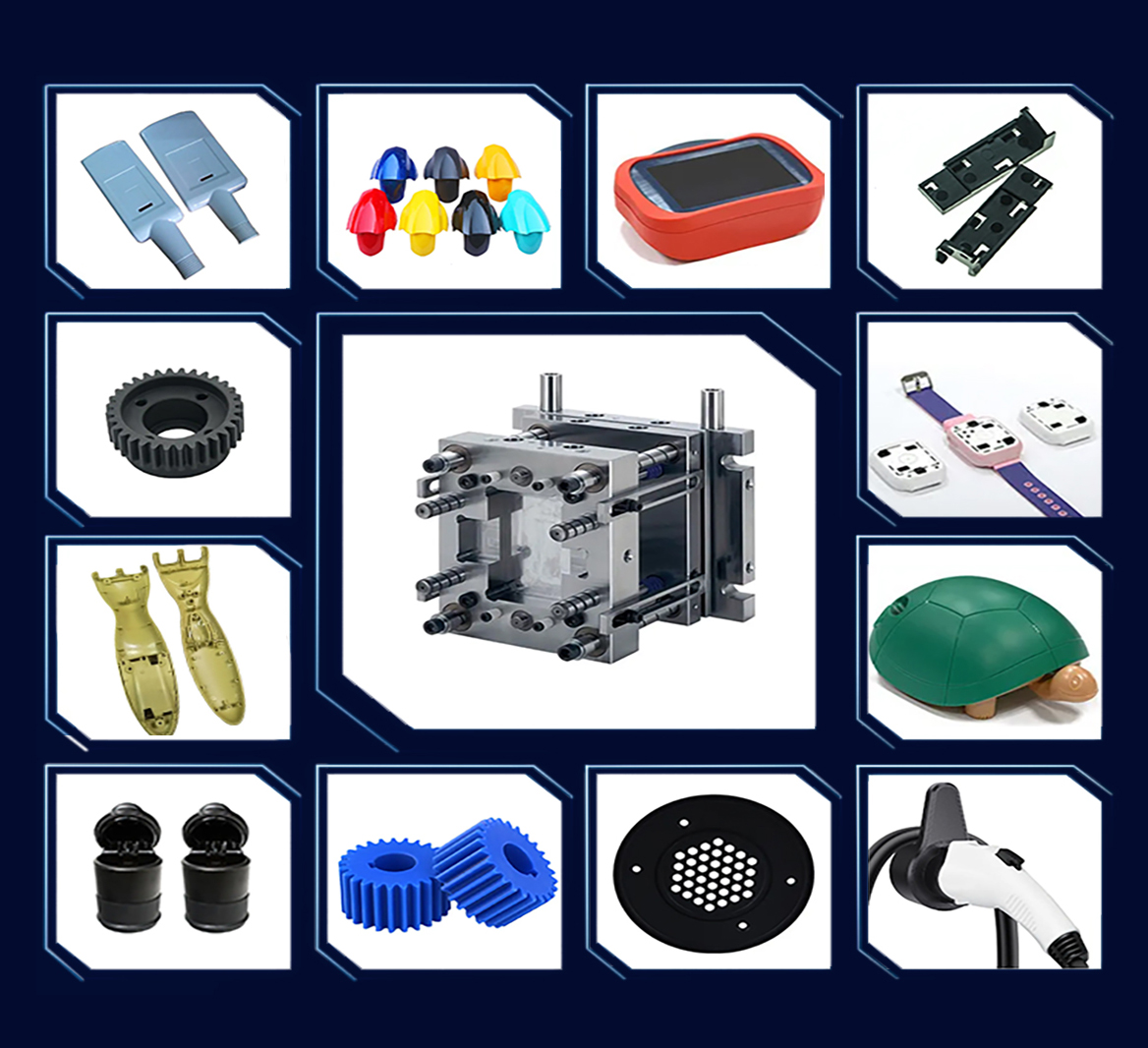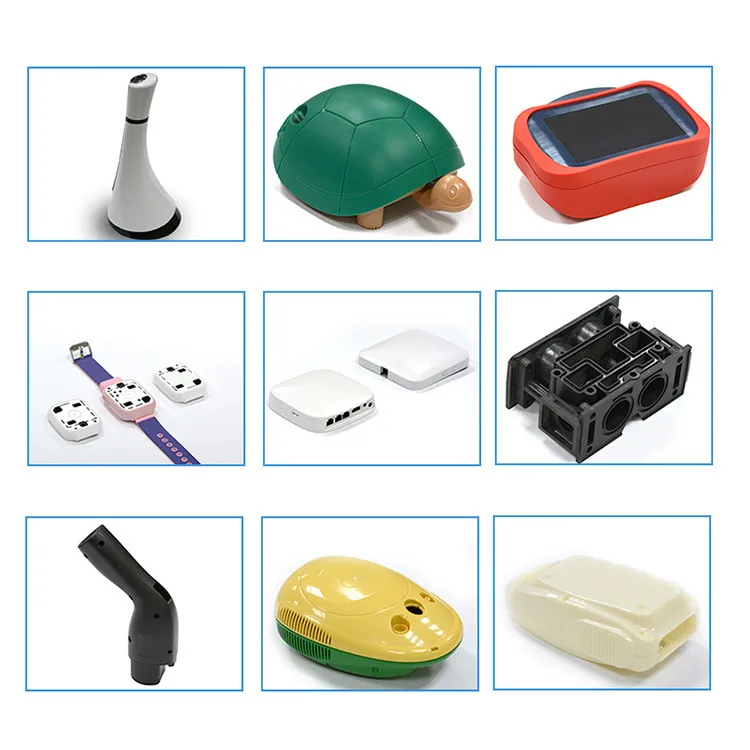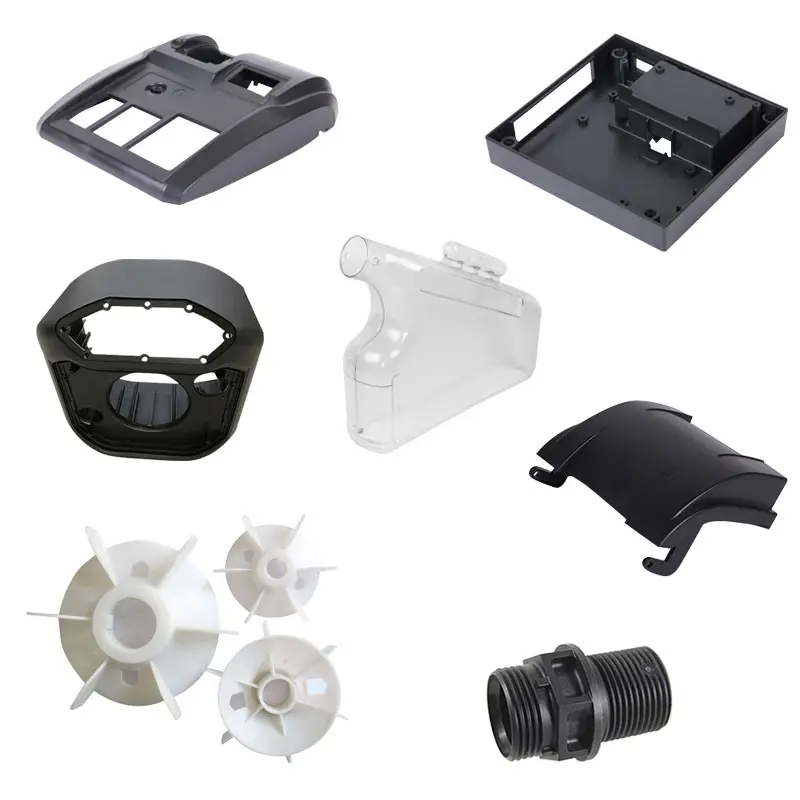What Are the Key Differences Between Compression Molding and Injection Molding?
When it comes to manufacturing plastic parts, companies like Elite, a leading injection molding manufacturer, often face the decision of choosing between compression molding and injection molding. Both methods have their advantages and specific use cases, but one of the most critical factors in the decision-making process is cost. Understanding the cost implications of each method can help businesses make informed decisions that align with their production needs and budget.
Compression molding involves placing a pre-measured amount of plastic material into a heated mold cavity. The mold is then closed with a top force or plug member and compressed, causing the material to conform to the shape of the mold. This method is typically used for producing larger, thicker parts with complex geometries and is well-suited for materials that are difficult to inject, such as certain thermosetting plastics.
On the other hand, injection molding involves injecting molten plastic into a mold cavity under high pressure. Once the material cools and solidifies, the part is ejected from the mold. Injection molding is widely used for producing high-precision, high-volume parts with intricate details. It is a versatile process that can accommodate a broad range of thermoplastic and thermosetting materials.
Which Molding Process Has Lower Tooling Costs?
One of the primary cost considerations in molding processes is the cost of tooling. Tooling refers to the design and manufacturing of the mold used to shape the plastic material. In general, compression molding tends to have lower tooling costs compared to injection molding. This is because compression molds are typically simpler in design and construction, requiring less intricate machining and fewer moving parts.
At Elite, we recognize that the lower initial tooling costs of compression molding can be an attractive option for certain projects, particularly for those with lower production volumes or where part complexity is less of a concern. However, it’s important to note that while the upfront costs for compression molding tooling may be lower, this does not always translate to overall cost savings, especially when considering the full production lifecycle.
How Do Production Volumes Impact Costs?
Production volume is another critical factor that influences the cost-effectiveness of compression molding versus injection molding. Injection molding is highly efficient for producing large quantities of parts with consistent quality. The process’s high degree of automation and fast cycle times make it possible to produce thousands or even millions of parts at a relatively low per-unit cost. This economy of scale makes injection molding the preferred choice for high-volume production at Elite.
In contrast, compression molding may be more cost-effective for low to medium production volumes. Because the process is typically slower and less automated than injection molding, it may not be as efficient for mass production. However, for smaller runs or for parts that require specific material properties that are better suited to compression molding, this method can be a more economical choice.
What About Material Costs?
Material costs also play a significant role in the overall cost comparison between compression molding and injection molding. The type of material used and the amount required can vary depending on the molding process. Injection molding generally uses less material because the process is highly efficient, with minimal waste produced during each cycle. The precise control over material flow and the ability to recycle excess plastic further contribute to lower material costs in injection molding.
In compression molding, there can be more material waste due to the excess material that may need to be trimmed after molding, especially for more complex or larger parts. Additionally, some thermosetting plastics used in compression molding are more expensive than the thermoplastics typically used in injection molding, which can increase overall material costs.
Which Process Offers Better Long-Term Cost Efficiency?
When considering long-term cost efficiency, injection molding often comes out on top, particularly for high-volume production. The higher initial investment in tooling is offset by the lower per-unit production costs and the ability to produce parts quickly and consistently. For Elite, this means we can offer our clients competitive pricing for large orders while maintaining the highest quality standards.
However, compression molding may be more cost-effective in certain scenarios, such as when producing large, thick-walled parts, or when working with materials that are difficult to mold using injection molding. In these cases, the benefits of compression molding, such as lower tooling costs and the ability to mold specific materials, may outweigh the higher per-unit costs associated with the process.
Which Molding Method Is Right for Your Project?
Choosing between compression molding and injection molding ultimately depends on the specific requirements of your project, including the type of material, part geometry, production volume, and budget. At Elite, our team of experts is dedicated to helping clients navigate these decisions by providing detailed cost analyses and recommendations based on their unique needs.
While injection molding is generally the more cost-effective option for high-volume production and complex parts, compression molding may be the better choice for certain low-volume or specialized projects. By understanding the cost implications of each method, businesses can make informed decisions that align with their production goals and budget.
In conclusion, both compression molding and injection molding have their place in the manufacturing industry, and each offers unique cost advantages depending on the specific application. At Elite, we are committed to providing our clients with the best possible solutions, whether that involves the precision and efficiency of injection molding or the versatility of compression molding. By carefully considering the costs associated with each process, we ensure that our clients receive the highest quality products at the most competitive prices.

